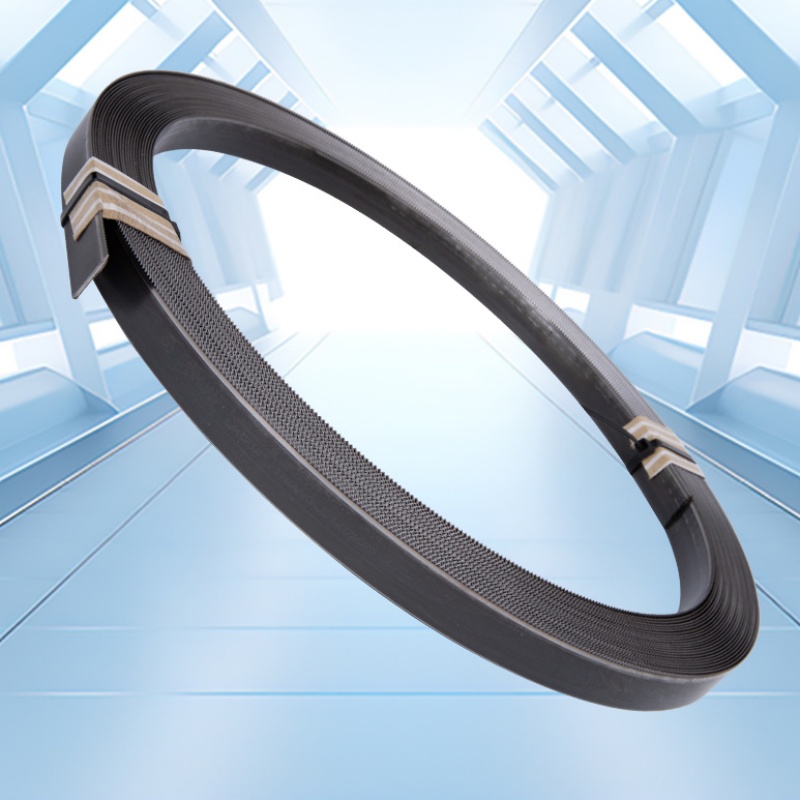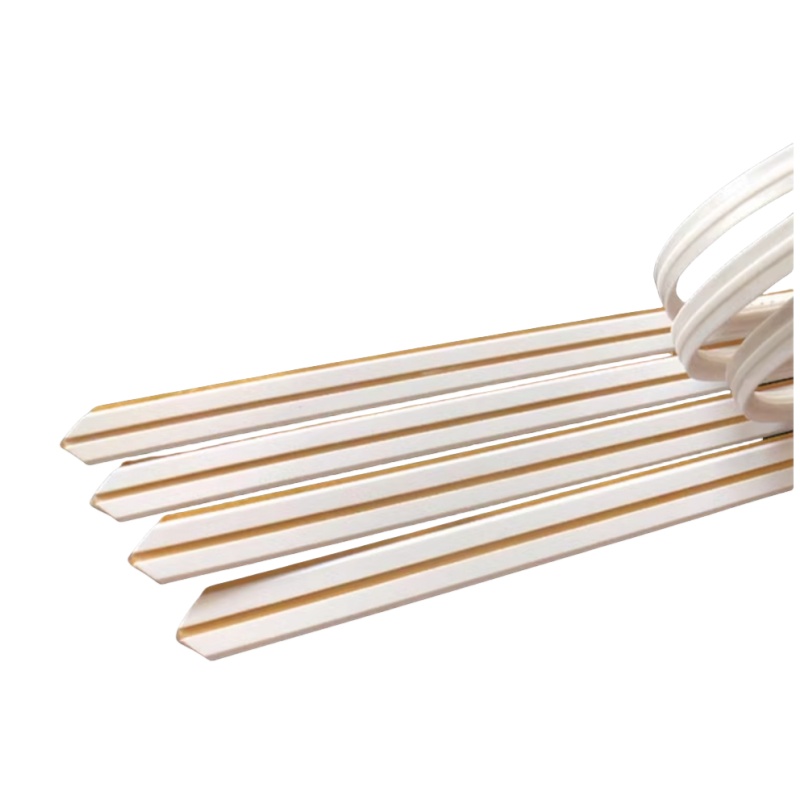
Die construction approaches fulfill a major duty in generating first-rate elements through assorted set of sectors. These grades present remarkable sturdiness, providing them to absorb significant pressures involved in industrial operations. From manufacturing sections to biomedical equipment, rule die steel establishes its position in a vast of domains.
- Manufacturing elements: Rule die steel is indispensable for crafting accurate and exact modules such as gears, injectors and covers.
- Packaging appliances: The exquisite measurement and corrosion resistance of rule die steel make it perfect for manufacturing fine circuit boards.
- Forming Tools: Rule die steel acts as the backbone of reliable tooling and molds used in various manufacturing workflows, ensuring steady product output.
Exactness Cutting Rules for Sharp Sheet Metal Fabrication
Achieving precision in sheet metal fabrication demands meticulous attention to detail, particularly when it comes to severing. Exploiting the right cutting rules is paramount to resulting in precise and regular results. First and foremost, selecting the appropriate cutting method for your material thickness and desired edge quality is necessary. Options include laser cutting, each with its own benefits. Additionally, understanding material properties like tensile strength, ductility, and hardness can help prevent warping or damage during the cutting process. Always examine a material's datasheet for in-depth guidelines on safe cutting practices.
- Moreover, maintaining sharp cutting tools is mandatory for neat cuts and preventing stress on the sheet metal.
- Prewarming the material can reduce thermal stress and improve cut quality in thicker materials.
- To finish, post-processing steps like deburring and edge finishing are imperative for obtaining a professional and functional product.
Understanding Punch and Die Construction
Punch and die construction is a essential aspect of the metal stamping process. These tools shape metal sheets into various components by applying exact pressure. The design and construction of punches and dies directly influence the efficacy of the stamped wares. A well-constructed punch regularly features a hardened steel tip to withstand repeated loads, while the die matches this force with a precisely machined cavity. The link between these two elements promotes the exact transfer of shape and scale to the metal sheet. The difficulty of punch and die construction can change based on the specific requirements of the stamping application. Variables such as the material thickness, shape complexity, and production volume jointly play a role in determining the schematic of the tools. Understanding these fundamental principles of punch and die construction is pivotal for anyone involved in the metal stamping industry. From professionals to operators, a solid grasp of this subject can lead to increased efficiency, product quality, and overall success.Precision Folding Enabled by Creasing Matrices
When it comes to achieving precise creasing in the realm of fabrication and material processing, creasing matrices emerge as a essential element. These specialized tools, often crafted from rigid materials like polycarbonate, are strategically designed to impart distinct creases into sheets or substrates. By exerting controlled pressure at specific points along the material's surface, creasing matrices effectively outline fold lines that guide subsequent bending operations. This pre-creasing process significantly enhances folding accuracy, resulting in more steady and well-formed final products.
- The precise nature of creasing matrices allows for the production of delicate folds and designs.
- They can be customized to accommodate a wide range of material thicknesses and properties.
- Creasing matrices play a vital role in industries such as paper manufacturing, cardboard packaging, and printed circuit board fabrication.
Rapid-Speed Rule Die Steel for Automotive Manufacturing
The transport market is continuously seeking materials that can withstand the demanding conditions of manufacturing and operation. Notably, high-speed rule die steel has emerged as a key element due to its exceptional aspects. This blend exhibits remarkable hardness, wear resistance, and toughness, making it ideal for producing intricate auto parts.
- Additionally, its ability to maintain these properties at elevated temperatures promotes efficient production processes.
- Uses of high-speed rule die steel in the automotive industry are broad.
- Demonstrations include cutting tools, molds for plastic components, and dies used in sheet metal stamping.
Optimizing Rule Die Steel Hardness for Cutting Performance
Securing optimal cutting performance with rule die steel hinges on carefully determining the appropriate hardness level. A adjustment between hardness and ductility is fundamental to ensure both durability of the cutting edge and resistance to wear. Harder steels can withstand increased cutting forces and resist deformation, leading to longer tool life. However, excessively hard steels may become brittle and prone to shattering, compromising the integrity of the cutting process.
- Elements like material being cut, cutting speed, and feed rate all modify the ideal hardness range.
- Employing hardening methods can effectively modify the hardness of rule die steel.
Understanding the relationship between hardness and cutting performance allows for optimization of tool life, surface finish, and overall cutting efficiency.
Guidelines for Punch Design Across Materials
When designing punches for material formation, several key considerations must be taken into account. The type of material being punched significantly influences the punch design. For instance, rigid materials like steel require punches with hardened edges to effectively penetrate and deform the material. Conversely, bendable materials like aluminum can be punched with punches featuring finer geometries to minimize edge damage and ensure clean cuts. Also, factors such as the material's gauge also play a role in punch design. Thicker materials often necessitate larger punch diameters and increased push for successful piercing. Understanding the material's qualities is essential to select an appropriate punch material and geometry that ensures optimal performance and minimizes tool wear. In brief, a well-designed punch should effectively deform the material while minimizing deformation, damage, and tooling wear.Keeping Sharp of Cutting Dies
Maintaining cutting dies in peak condition is imperative for ensuring accurate and efficient die-cutting operations. Over time, the cutting edges of dies can become dull or damaged, leading to inconsistent cuts, material scrap, and increased production costs. To maximize die lifespan and optimize cutting performance, it's imperative to follow a regular sharpening and maintenance schedule.
- Regularly inspect cutting edges for signs of wear, such as chipping or rounding.
- Apply specialized sharpening tools designed for die-cutting applications.
- Clean dies comprehensively after each use to remove debris and prevent rust buildup.
- Store dies in a clean, dry environment when not in use to protect them from corrosion.
By adhering to these best practices, you can extend the life of your cutting dies and maintain consistent, high-quality die-cutting results.
Choosing the Right Rule Die Steel for Your Needs
When deciding on rule die steel, consider its application. Various types of rule die steel thrive in different applications due to their unique specifications. For example, high-carbon steel is advantageous for high-strength rule dies used in demanding applications like industrial production. On the other hand, tool steels with enhanced elements are often recommended when service life is paramount.
- Confer with a reputable rule die steel provider to choose the best kind for your specific needs.
- Parameters like processing approach, production volume, and environmental conditions all influence the ideal rule die steel optioning.
Be aware that proper preservation and lubrication can significantly improve the lifespan of your rule die steel, regardless of its type.
Sharp Creasing Matrix for Packaging Applications
In the realm of refined packaging design, precision is fundamental. A superior creasing matrix plays a vital part in ensuring clean, exact creases that enhance the attractiveness of packaged products. These matrices are meticulously developed from durable materials like steel or carbide, and they come in various profiles to accommodate diverse packaging specifications.
The correctness of a creasing matrix directly impacts the performance of the finished package. A well-maintained creasing matrix will result in smooth creases that not only upgrade the product's visual presentation but also contribute to its durability.
- Factors to consider when choosing a creasing matrix include the sheet of the packaging, the required angle, and the volume of production.
- Periodic maintenance of the creasing matrix is required to maintain its accuracy and expand usability.
- Committing in a high-quality creasing matrix can be a prudent decision for any packaging operation, as it contributes to the functionality of the production process and enhances the overall quality of the finished product.
Case Studies: Successful Implementation of Rule Die Steel Use
A compelling array of case studies illuminate the remarkable efficacy of rule die steel across diverse industrial applications. From the demanding realm of automotive manufacturing to the intricate world of electronics production, these real-world examples display the transformative power of this advanced material. Firms have applied rule die steel to achieve distinct improvements in product quality, production efficiency, and overall procedural resilience.
- One notable case study centers on a leading producer of aerospace components, where the implementation of rule die steel yielded a significant reduction in part defects and an upgraded production cycle time.
- In another instance, a renowned electronics manufacturer skillfully leveraged rule die steel to fabricate intricate circuit boards with unprecedented precision and accuracy, resulting in a tangible improvement in product reliability.
These case studies provide irrefutable evidence of the versatility of rule die steel as a solution for satisfying the challenging requirements of modern industries.
